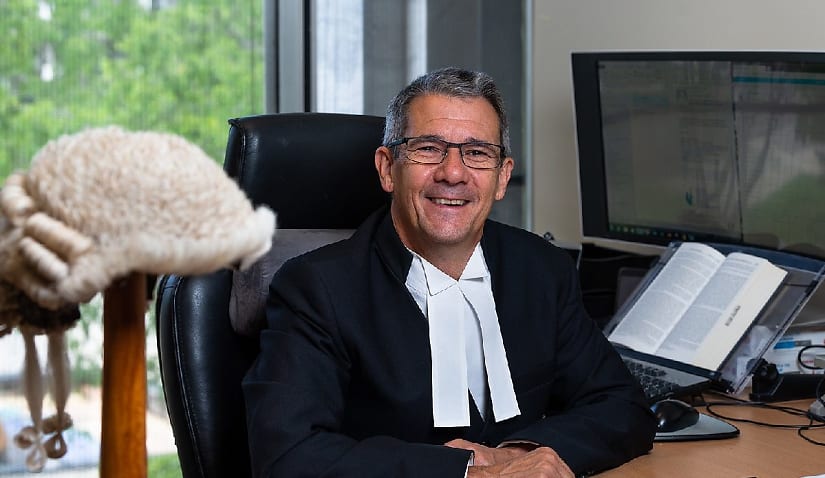Lawyers have clashed over whether a text sent by Walter Sofronoff to a journalist meant his mind was already “poisoned” towards former DPP Shane Drumgold before he was even in the witness box.

Three days before Mr Drumgold was due to give evidence about his handling of the abandoned Bruce Lehrmann criminal trial, Mr Sofronoff sent a text to Janet Albrechtsen that read: “What a thing to do to two young professionals under your mentorship.”
Several months after the text was sent, Mr Sofronoff published a report that was highly critical of Mr Drumgold, including a finding the former director of public prosecutions “preyed” upon the junior.
Appearing on Mr Drumgold’s behalf in the ACT Supreme Court on Tuesday (13 February), counsel Dan O’Gorman said the allegedly offending text indicated Mr Sofronoff’s mind had been “poisoned” by The Australian journalist before Mr Drumgold could defend himself.
The text was one of many communications between Mr Sofronoff and Ms Albrechtsen, which Mr O’Gorman alleged swayed the chair’s opinion against Mr Drumgold before and during the inquiry.
“Importantly, Mr Drumgold was not aware of any of it. He had no idea what was going on behind the scenes,” Mr O’Gorman said.
Kate Eastman, counsel for the board of inquiry, accepted Mr O’Gorman “makes a strong point about the nature of those communications” being secretive, but the allegations they swayed Mr Sofronoff “overlooks the way in which the inquiry was conducted”.
“In our respectful submission, [the text] completely overlooks the way in which the inquiry was conducted and sets a test that Mr Sofronoff would have had a blank or empty mind,” Ms Eastman said.
“The authorities make it clear an apprehension of bias is not going to be proved because a person, and particularly a judge … may or may not form a preliminary view about issues that are raised for determination. The question is whether his mind was closed to any persuasion … during Mr Drumgold’s [inquiry evidence].”
Ms Eastman added Mr Drumgold was asked questions and “was given the opportunity to respond to these issues” in the witness box.
Counsel for members of the Australian Federal Police linked to Mr Lehrmann’s trial, Justin Greggery, took another view, telling the Supreme Court the text was “not a contentious view”.
“Indeed, it was and remains uncontentious when one looks at what was said. It’s a communication of not very much at all,” he said.
Asked to expand on why the text could not be found to be contentious, Mr Greggery said there was no dispute that Mr Drumgold had instructed his junior lawyer to prepare a false affidavit.
“To read into it as though there is a willingness to secretly share confidential information or a confidential state of mind involves a review of this particular message not from a fair-minded observer but from a suspicious mind,” Mr Greggery added.
